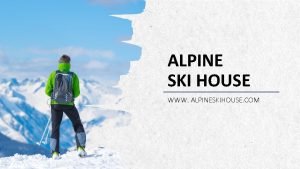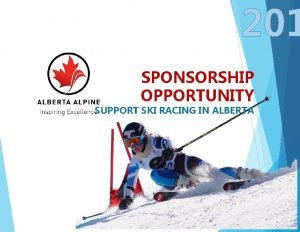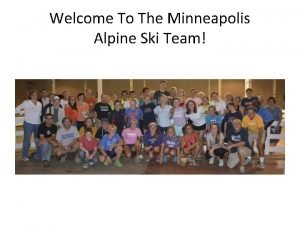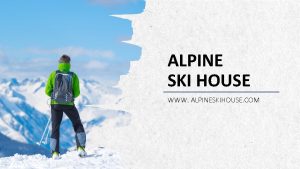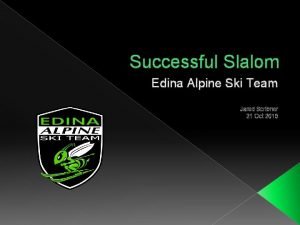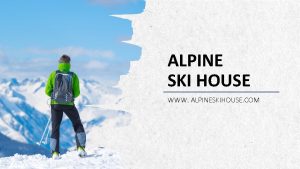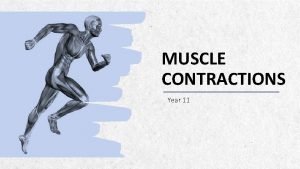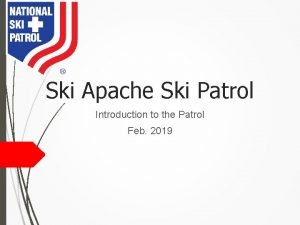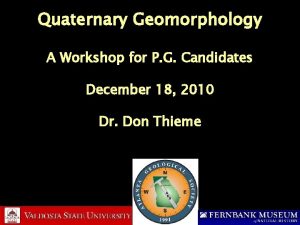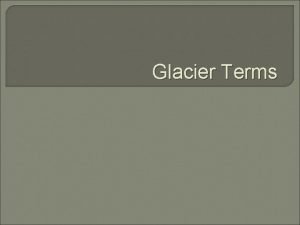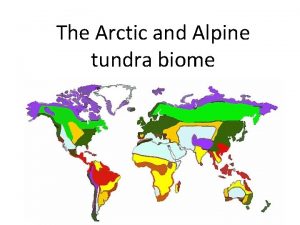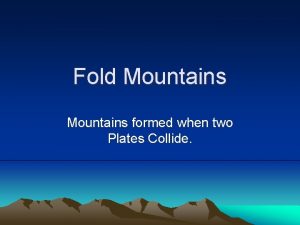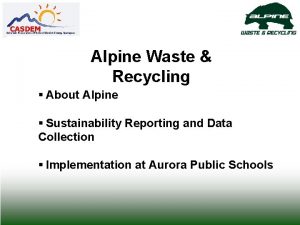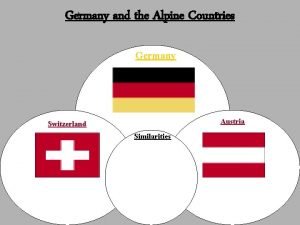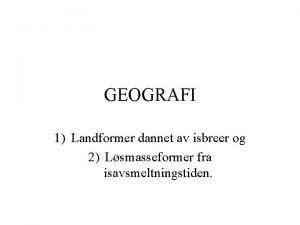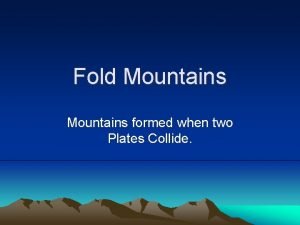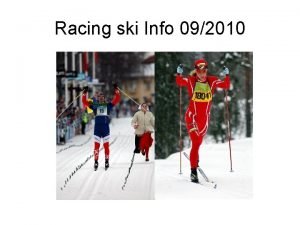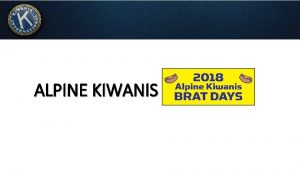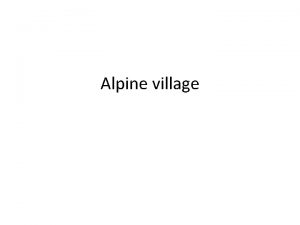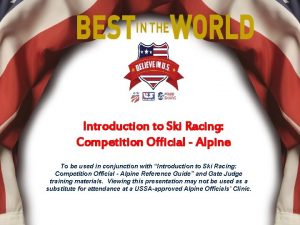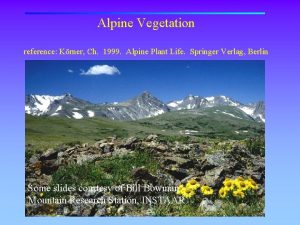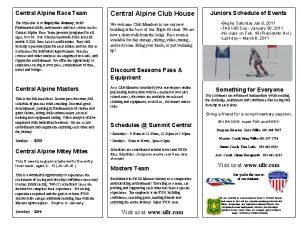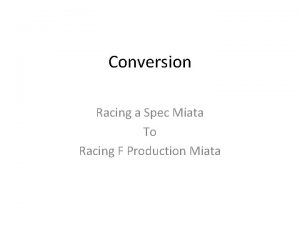Alpine Ski Racing Ski There are specific equipment























- Slides: 23

Alpine Ski Racing

Ski • There are specific equipment regulations (based on age group) when it comes to racing in FIS competitions • Different skis for different events

Women’s SL Ski • Minimum length = 155 cm • Minimum radius = none Mikaela Shiffrin – Atomic SL Redsters

Men’s SL Ski • Minimum length = 165 cm • Minimum radius = none Stefano Gross – Völkl Racetigers R=13

Women’s GS Ski • Minimum length = 188 cm • Minimum radius = 30 m Tessa Worley – Rossi Heros

Men’s GS Skis • Minimum length = 195 cm • Minimum radius = 35 m Marcel Hirscher – Atomic GS

Boots • http: //alpine. usskiteam. com/alpineprograms/parents/ski-racing-101/equipment • http: //deadspin. com/the-non-skiers-guide-toski-racing-and-ski-crashing-1519289681 • http: //www. skis. com/Buying-Guide-for-Race. Skis/buying-guide-1 -24 -2012, default, pg. html

Protective Gear • • • Mouth guards Chin guards Shin guards Arm guards Back protectors Stealth

Speedsuit

Course setting • FIS rules were written only for athletes who have acquired the highest skill level • Therefore; the course needs to be setup and modified relative to the skill and age level of the participants • However basic rules such as widths of gates, distance from turning pole to turning pole, strt and finish requirements, remain the same

General Guidelines 1) Risk Assessment – be familiar with the terrain 2) Knowledge of event specifics – vertical drop & min. + max. number of gates 3) Working, relevant equipment 4) Safety – set with spill zone and human error in mind 5) Course design – rhythm and distances 6) Gates – set vertically in snow and so they are easily seen at race speed 7) Verify – ski the course and adjust where required 8) Allow time for course inspection

Slalom • Requires the athlete to demonstrate: • • • Consistent balance Timing Coordination Agility Explosiveness Skiing the line for maximum speed

Slalom setting • Consistent rhythm (vertical/horizontal distances) • Exposure to gate-combinations; delay (banana), hairpins and flush combinations • Variation in vertical and offset distances well suited to terrain and terrain changes • For men 55 -75 gates (FIS) vert drop 180 -220 m • For women 40 -60 gates (FIS) vert drop slightly less than above






Giant Slalom • Safety is key due to increased speed of event • Requires more prudent assessment of terrain changes, width of terrain, spill zones etc. • Courses should promote a flow that contours the terrain as well as linked arcs that factor in speed control • For men vert drop 250 -450 m gates : 56 -70 • For women vert drop 250 -400 m : 46 -58

GS setting • Set up taking the characteristics of the terrain into consideration • Variety of turn radii • Set so the turns are linked by arcs with speed • Entrance to delay combinations should be obvious • Adjust vertical distances in compressions and terrain changes



 Insidan region jh
Insidan region jh Alpine ski house
Alpine ski house Alberta ski team
Alberta ski team Mast ski team
Mast ski team Alpine ski house microsoft
Alpine ski house microsoft Edina alpine ski team
Edina alpine ski team Alpine ski house
Alpine ski house Alpine ski house
Alpine ski house Ski apache web
Ski apache web Gradovi na ćki
Gradovi na ćki What is the specific gravity of gelato glycerin base
What is the specific gravity of gelato glycerin base Glass plummet
Glass plummet Alpine glacier
Alpine glacier Alpine isd lunch menu
Alpine isd lunch menu Loren french
Loren french Alpine glacier vs continental glacier
Alpine glacier vs continental glacier Key characteristics of tundra biome
Key characteristics of tundra biome Fold mountains in ireland
Fold mountains in ireland Alpine waste
Alpine waste Germany and the alpine countries
Germany and the alpine countries Landformer dannet av isbreer
Landformer dannet av isbreer Which plates collided to form ireland's mountain ranges
Which plates collided to form ireland's mountain ranges Ecosistemul unei pajisti alpine
Ecosistemul unei pajisti alpine Alpine flight training
Alpine flight training

